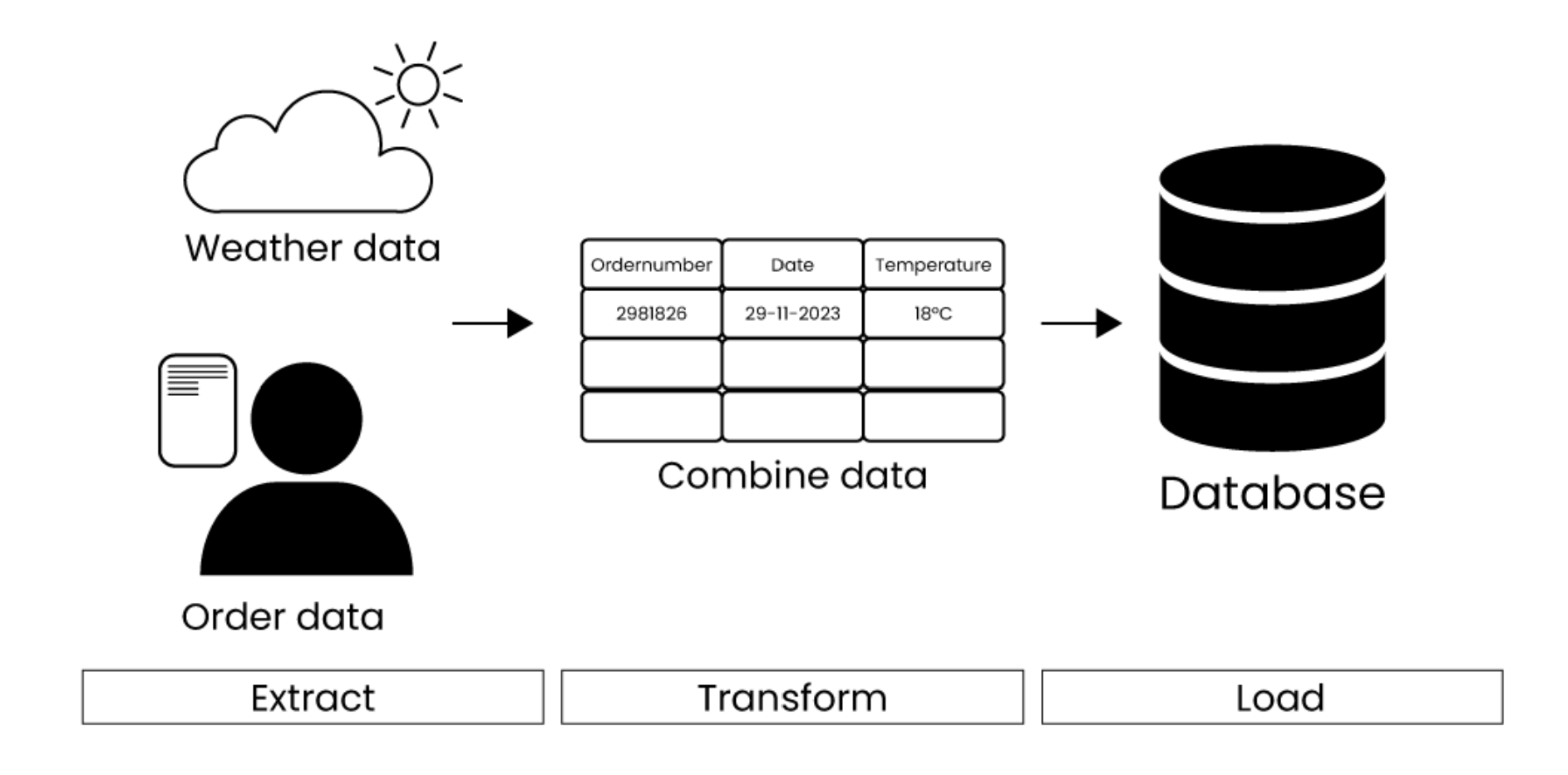Data Quality
Updated May 12, 2023 ·
Overview
This design phase checks data quality and decides how to collect and process it.
Data Quality
Data quality measures how well data serves its purpose.
- Poor data leads to inaccurate predictions.
- Evaluated using accuracy, completeness, consistency, and timeliness.
Data Quality Dimensions
A good dataset should meet the following criteria:
-
Accuracy
- Data should reflect reality.
- Example: A customer’s age recorded as 18 when they are actually 32 is inaccurate.
-
Completeness
- Missing data should be minimal.
- Example: A customer’s last name is missing.
-
Consistency
- Data should be uniform across sources.
- Example: One department defines "active customer" differently than another.
-
Timeliness
- Data should be available when needed.
- Example: Daily order updates are not real-time.
Examples
Below are some examples:
| Dimension | Sample Questions | Sample Dimension Quality |
|---|---|---|
| Accuracy | Does our data correctly describe the customer? | The customer's age in the data is 18, but is actually 32. |
| Completeness | Is there any customer data missing? | For 80% of the customers, we don't have a last name. |
| Consistency | Is the definition of the customer the same across the company? | The customer is marked active in one database but inactive in another. |
| Timeliness | When is the customer order data available? | Orders sync at the end of the day but are not available in real-time. |
If data quality is low in one or more dimension, we can:
- Collect more data
- Fill missing values
- Standardize definitions
Data Ingestion
Once we have quality data, we need a way to collect and process it. Automated data pipelines help extract, process, and store data efficiently using the ETL process:
- Extract: Get data from sources.
- Transform: Convert it into the right format.
- Load: Store it in a database.
